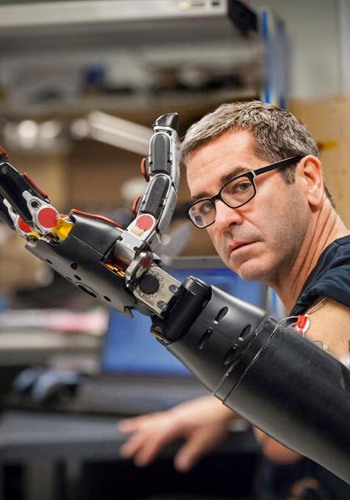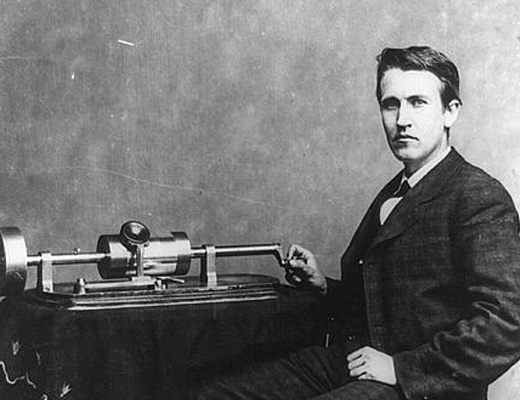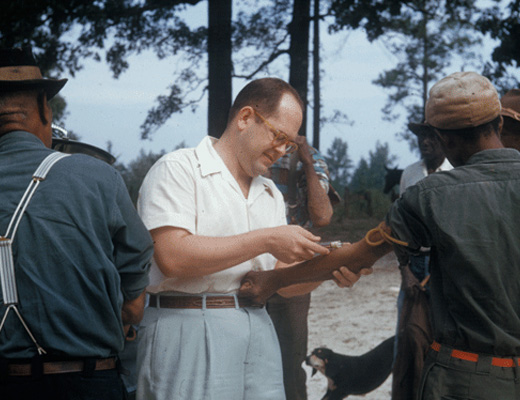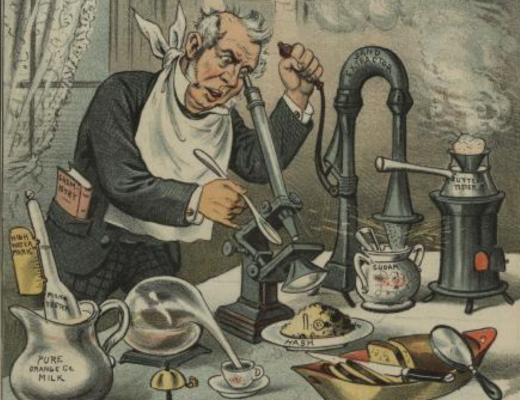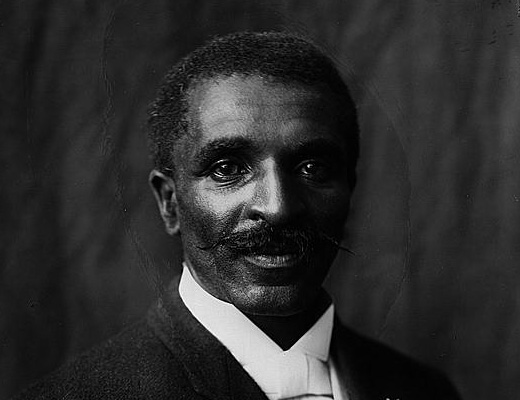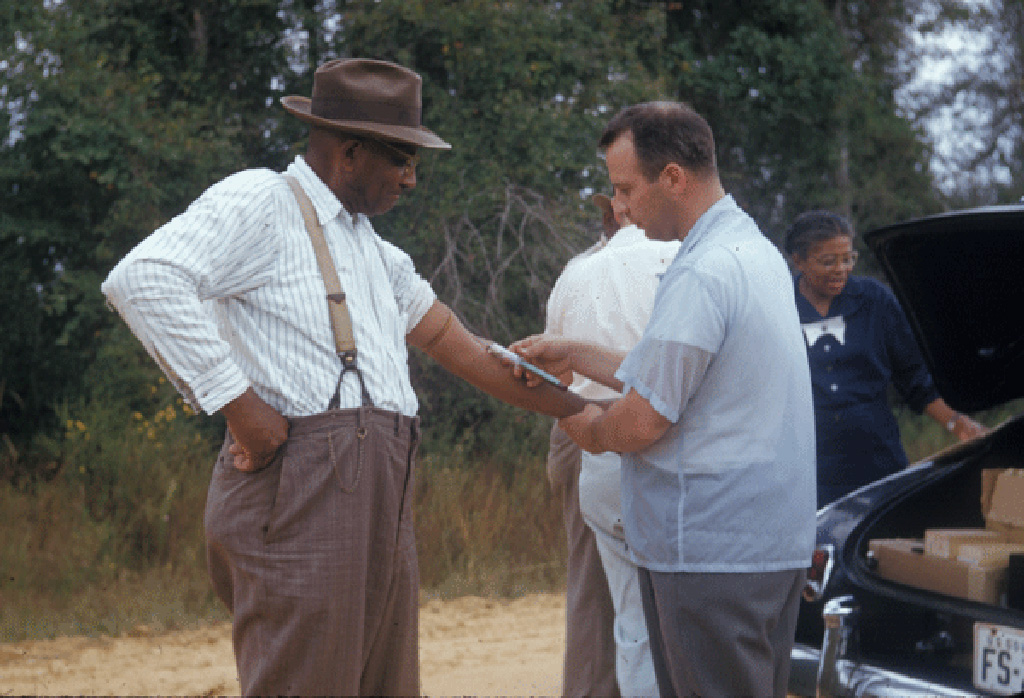While scientific breakthroughs radically improved medicine starting in the 20th century, not everyone enjoyed the benefits equally. Medical racism can refer to unequal access to medical treatments based on the race of patients and medical providers as well as medical abuse based on race. In the US, there is also a long history of abuse of Black patients as part of medical research. Two famous cases are Henrietta Lacks, who had cancer cells taken in secret, and subjects of the Tuskegee syphilis experiments, who were lied to about being treated for a potentially fatal disease. These stories were generally ignored by the press at the time they happened.
Directions
Read the following text about Henrietta Lacks. Then, watch the video below and answer the following questions.
Henrietta Lacks was a mother of five in Baltimore, Maryland who was diagnosed with a cancerous cervical tumor at Johns Hopkins Hospital in 1951. Doctors took a sample of her tumor cells, which had the unusual ability to survive and grow rapidly in a lab. The hospital shared Lacks's cells with other researchers, and soon the so-called “HeLa” cells were used in countless scientific studies up to the current day. Still, Lacks's never gave consent for use of the cells (she died not long after they were collected) and her family was not informed of their use until 25 years after her death.
“Oakland middle-schoolers use hip-hop to tell the story of Henrietta Lacks” by Jon Brooks. Oct. 28, 2016. Permission has been granted for educational purposes only, courtesy of KQED via American Archive of Public Broadcasting (Library of Congress).
Questions
Annotate this Image
Directions: Read the excerpt of the article below using the magnifier to help you. Then use the annotator tool to take notes on the following questions:
- What was the Tuskegee experiment?
- What were some of the negative effects of the experiment?
- What evidence would academics looks for to understand whether or not lack of trust contributed to worse health outcomes for Black men?
Source: NBER Digest via PBS NewsHour, Aug. 8, 2016. See the full article on PBS NewsHour
Use the toggle button above to switch to Magnify Mode. Magnify mode will help you see finer detail in the image.
Switch back to Annotate Mode to create your annotations with click and drag.
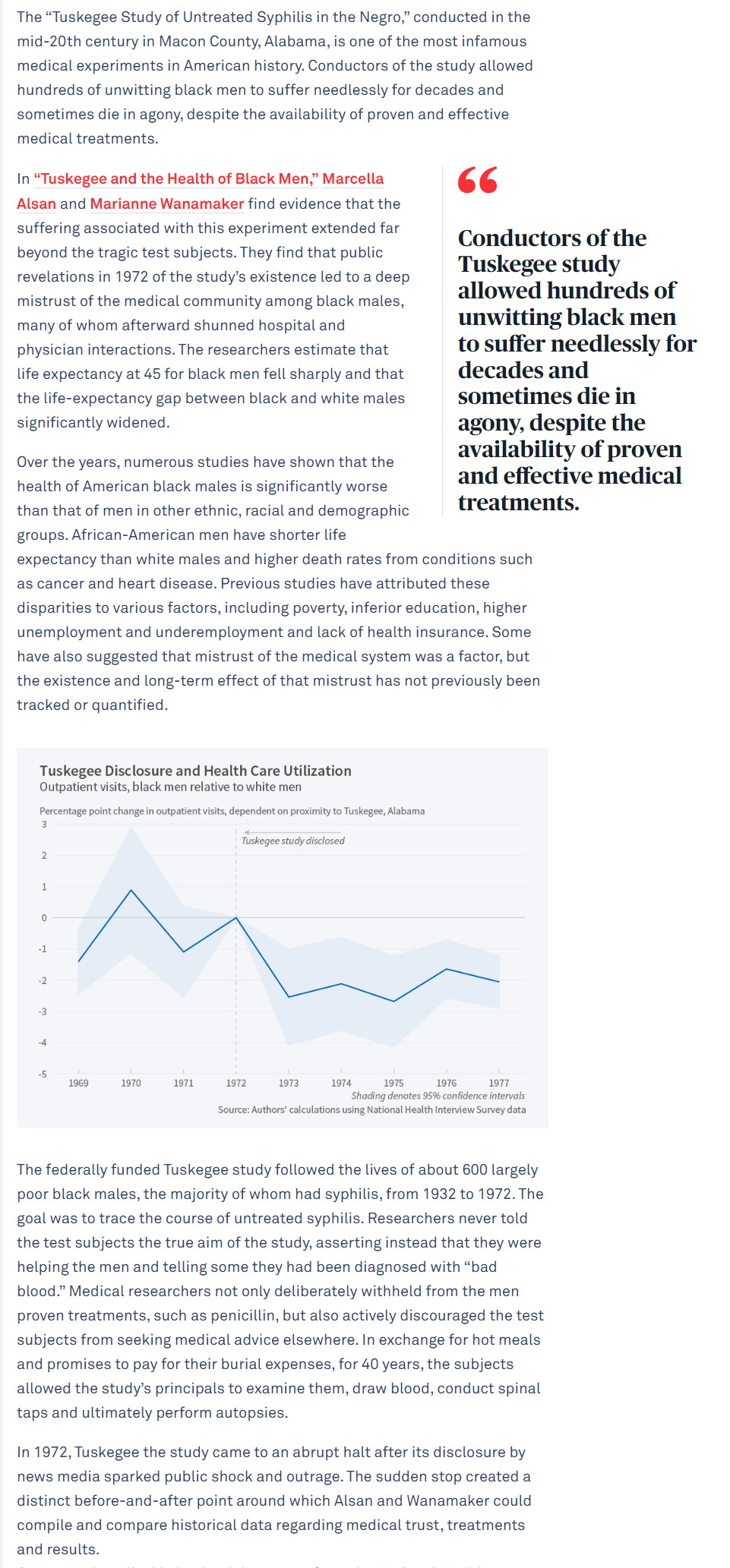
Your Annotations
Puzzler
Directions:Take a look at the different sections of the image one by one and answer the question that accompanies each section
Source: National Archives

Cropped Image 1
What do you think is happening in this section of the photograph?
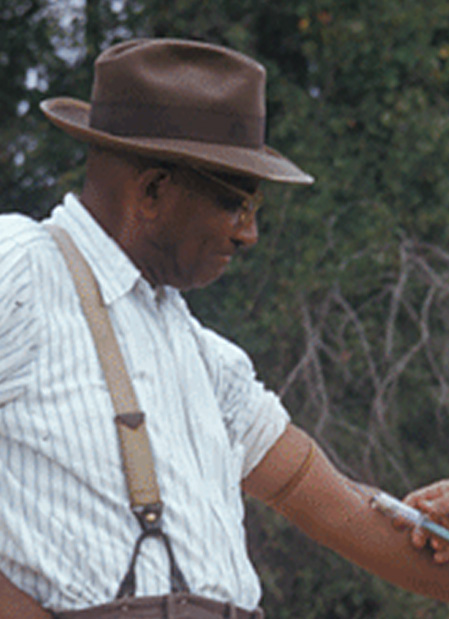
Cropped Image 2
What does this image reveal about the man having a syringe put into his arm?
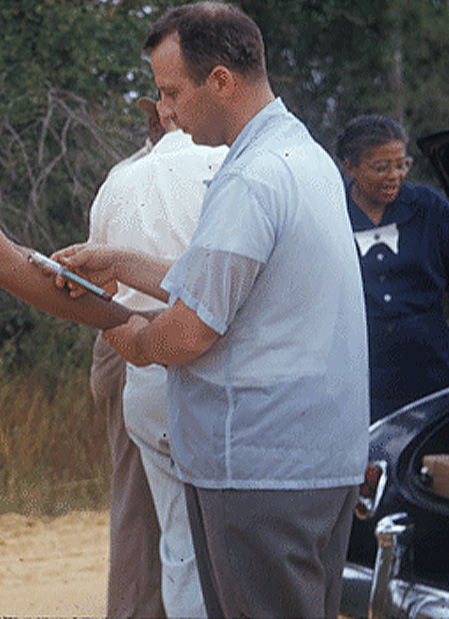
Cropped Image 3
What does this image reveal the kind of event that seems to be taking place?
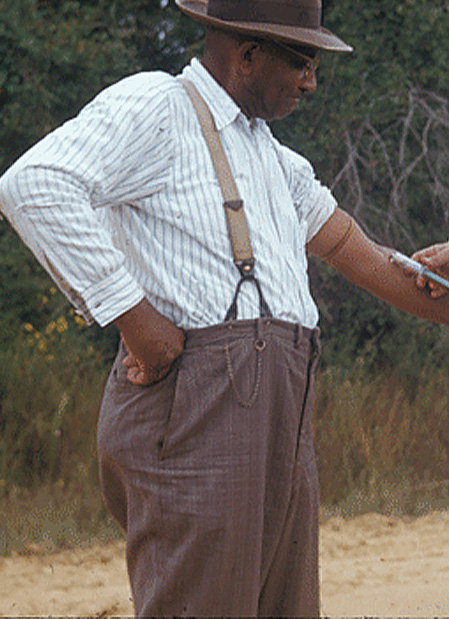
Cropped Image 4
What can you tell about the location where this event is taking place based on this segment?

